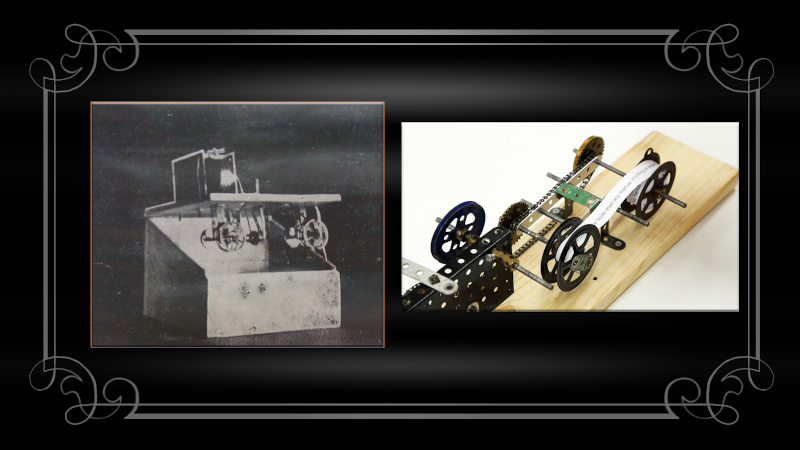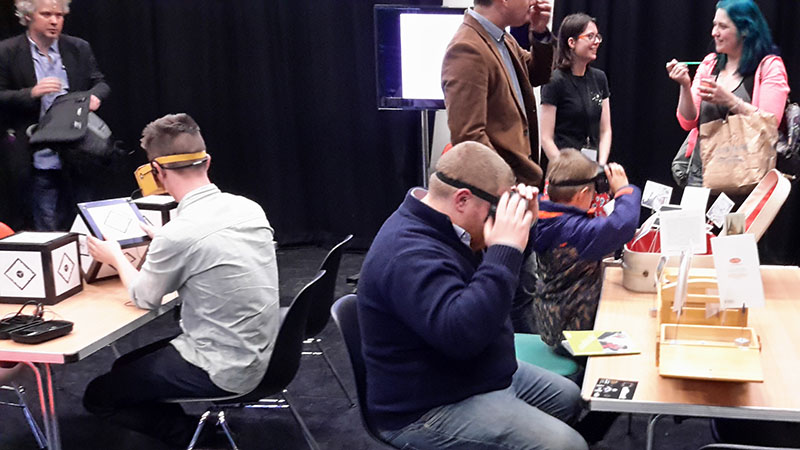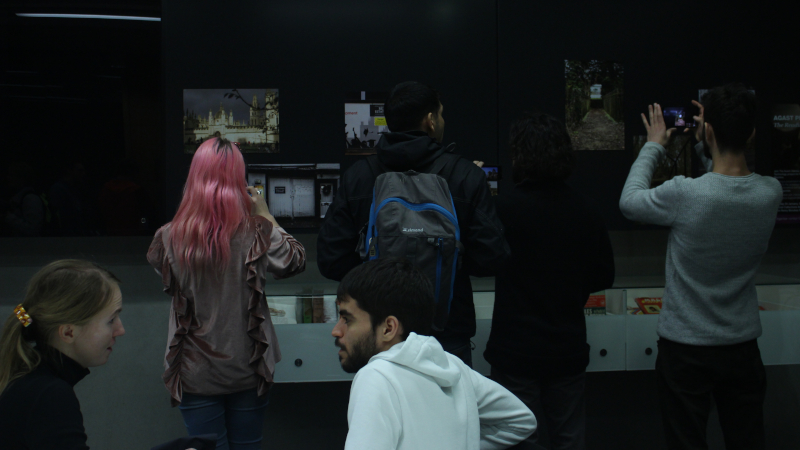A groundbreaking project is helping thousands of marginalised young people to find a sense of belonging by combining art with technology to express themselves.
The project - called AGAST (Avant-Gardes and Speculative Technology) - is the brainchild of Dr Eric White with Professor Alex Goody and John Twycross from University College, London.
Their aim is to harness young people’s creativity with technology, leading to a greater sense of inclusiveness by empowering them with new skills. To get them engaged, Eric worked with Oxfordshire County Libraries to develop a Virtual Storytelling app and toolkit, using workshops to shape the resources.
Since 2020, the app has been transforming outreach work in the UK and internationally, driving social, technological and cultural inclusion.



